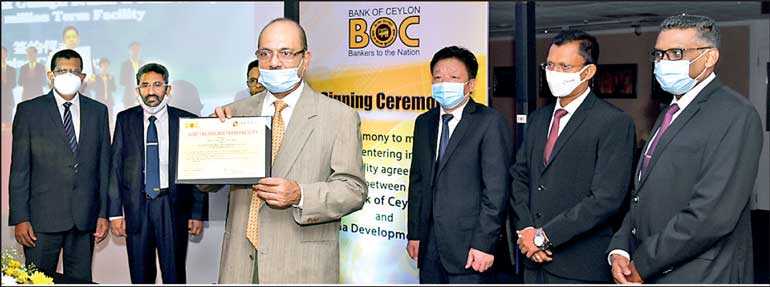
Photograph: FT.lk
Sri Lanka’s state-owned Bank of Ceylon entered a long-term facility with the China Development Bank, the largest development financial organisation in the world, for USD $140 million this week, as Colombo’s economic crisis worsened amidst piling debt repayments.
Kanchana Ratwatte, Bank of Ceylon’s chairman, said the loan “will be utilised for supplementing Bank of Ceylon’s general lending requirements, which will provide much needed support for businesses affected by COVID-19”.
“The funds will mainly be utilised to help businesses that need support for revival in their operations, namely in the SME sector associated with exports, fisheries, logistics, transportation, agriculture, manufacturing, etc.” he added.
The loan comes at a time when Sri Lankan faces continued economic turmoil, with the financial outlook worsening since the coronavirus pandemic. Sri Lanka’s former finance minister warned that the "tempest has only just begun" last month, as he highlighted that interest payments for overseas borrowing alone accumulates to almost 50 percent. Earlier this year The Hindu reported that Colombo faces loan repayments of US$2.9 billion this year, with approximately USD $960 million owed to India and USD $5 billion to China in 2018.
Responding to a question from the media regarding the interest rate for the facility, the Bank of Ceylon chairman assured, “We are getting this 3-year facility at a very favourable rate. We will start paying interest at the end of one-year”. Ratwatte added that the bank is in the process of negotiating for millions of dollars’ worth of further facilities with multilateral institutions.
“BOC and CDB have established a long-term partnership ever since 2010, with this year marking the tenth anniversary of cooperation between the two banks,” added a joint statement.
The signing of this Facility Agreement signals boosted cooperation between the two banks, further promoting association between financial institutions of Sri Lanka and China under the Belt and Road Initiative as China continues to grow its influence in Sri Lanka.


